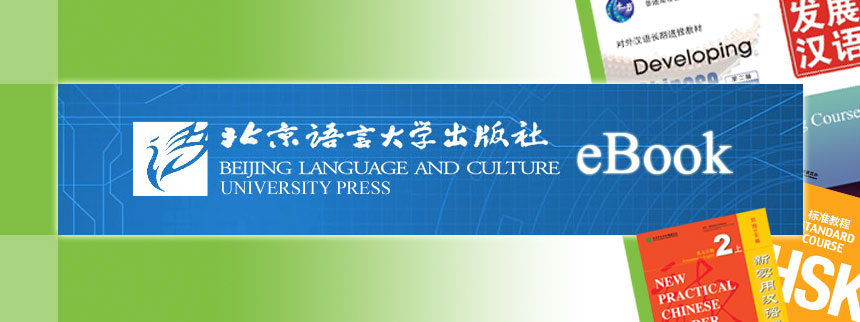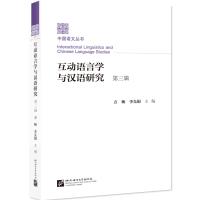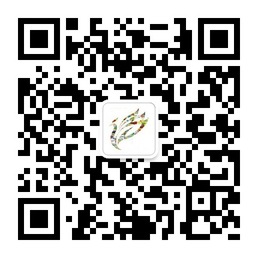Online Bookstore
Interactional Linguistics and Chinese Language Studies (Volume 3)
Author:Fangmei, Li Xianyin
- Medium:Books
- ISBN: 9787561956939
- Page Count: 458
- Size:
- Pub Date:2020-11
- The book weight: 695 g
- Annotation Language:English
- Course:
- Target Audience(Age):
- Target Audience(Language):
- Price:
-
Category: Academic Research















